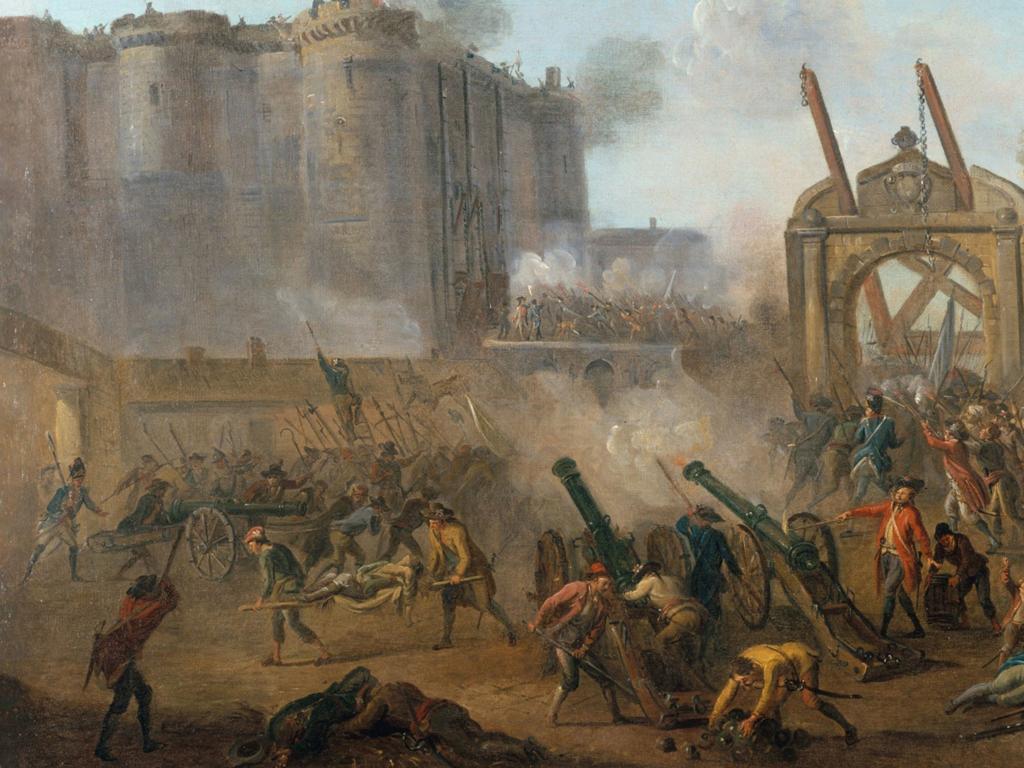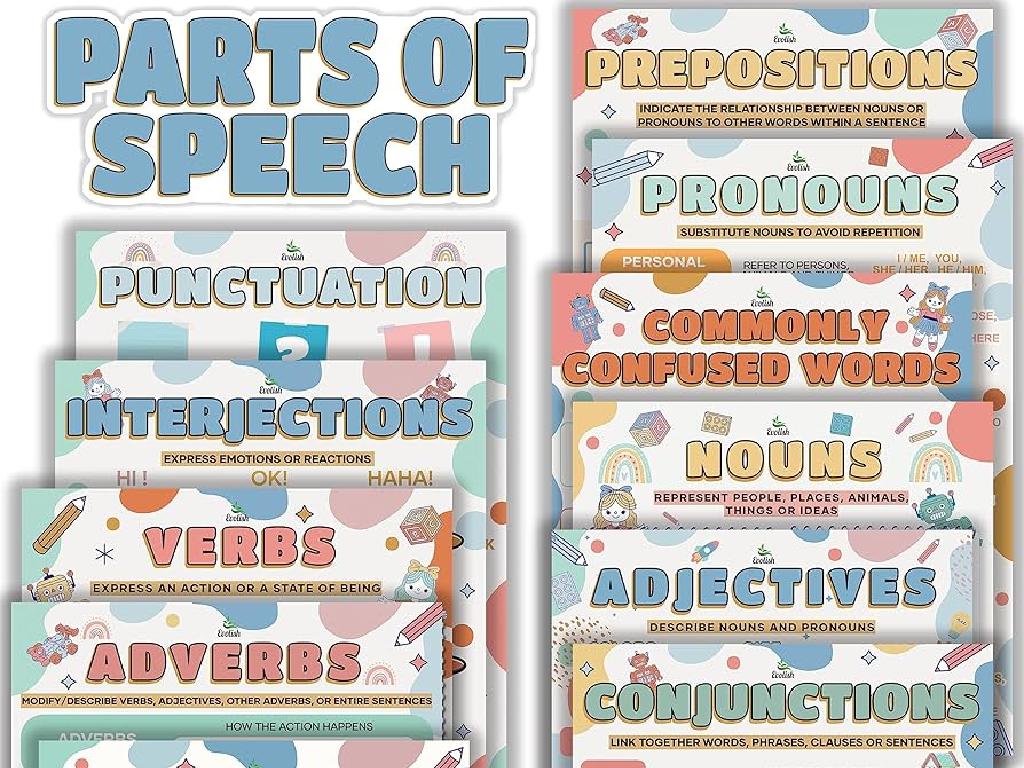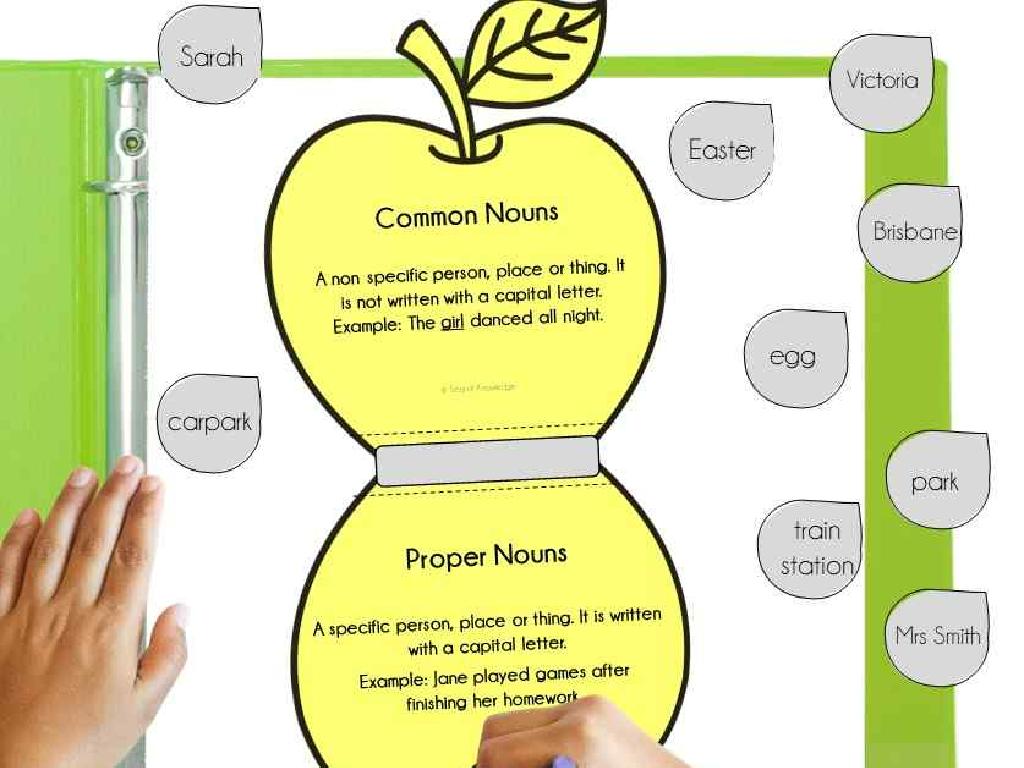Probability Of Simple Events
Subject: Math
Grade: Eighth grade
Topic: Probability
Please LOG IN to download the presentation. Access is available to registered users only.
View More Content
Introduction to Probability
– Understanding Probability
– Probability measures the likelihood of an event to occur.
– Why Probability Matters
– Helps in making informed decisions based on possible outcomes.
– Real-life Probability Examples
– Weather forecasts, game outcomes, and risk assessments.
– Defining a Simple Event
– A single outcome from a probability experiment.
|
This slide introduces the concept of probability, which is a measure of how likely an event is to occur. It’s important for students to grasp that probability is not just a theoretical concept but a practical tool used in everyday decision-making. Real-life examples, such as predicting the weather or assessing risks, make the concept more relatable. A simple event in probability refers to an event with a single outcome, which is the foundation for understanding more complex probability scenarios. Encourage students to think of simple events in their daily lives and how they might calculate the probability of those events.
Understanding the Probability Scale
– Probability scale range: 0 to 1
– A scale used to measure likelihood of an event, from ‘impossible’ to ‘certain’.
– Impossible events: Probability 0
– An event that cannot happen, e.g., rolling a 7 on a standard die.
– Even chance events: Probability 0.5
– An event that has an equal chance of happening or not, e.g., flipping a fair coin.
– Certain events: Probability 1
– An event that will definitely happen, e.g., the sun rising tomorrow.
|
This slide introduces students to the concept of probability as a scale ranging from 0 to 1, where 0 represents an impossible event and 1 represents a certain event. Provide examples for each key point on the scale to help students understand the concept of probability in real-world terms. For instance, an impossible event has a probability of 0 (like rolling a number higher than 6 on a standard die), an unlikely event has a probability between 0 and 0.5 (like drawing an ace from a standard deck of cards), an even chance event has a probability of 0.5 (like flipping heads on a fair coin), a likely event has a probability between 0.5 and 1 (like drawing a red card from a standard deck of cards), and a certain event has a probability of 1 (like the sun rising in the east). Encourage students to think of their own examples and understand that probability is a way to quantify uncertainty.
Calculating Simple Probability
– Probability formula: P(Event) = Favorable/Total outcomes
– Coin toss probability example
– A coin has 2 sides; P(Heads) = 1/2
– Dice roll probability discussion
– A die has 6 sides; P(Rolling a 3) = 1/6
– Understanding simple events
– Simple events have only one outcome like flipping a coin or rolling a die
|
This slide introduces the basic formula for calculating the probability of simple events. Start by explaining the formula, where ‘P(Event)’ represents the probability of an event occurring, ‘Number of favorable outcomes’ is the count of outcomes we’re interested in, and ‘Total number of outcomes’ is the count of all possible outcomes. Use a coin toss as an example to illustrate a 50/50 chance, showing that since there are two sides, the probability of landing on heads is 1 out of 2. Then, discuss the probability of rolling a specific number on a die, which has six sides, making the probability of rolling any given number 1 out of 6. Emphasize that simple events are straightforward scenarios with clear outcomes to help students grasp the concept of probability in everyday contexts.
Understanding Simple Events in Probability
– Define a simple event
– A single outcome from a probability experiment
– Examples in different contexts
– Coin toss: Heads or Tails, Dice roll: landing a six
– Calculate simple event probability
– Use formula P(E) = Number of favorable outcomes / Total possible outcomes
– Application in real-life scenarios
|
A simple event in probability refers to an event where only one outcome is possible. It’s the most basic concept in probability theory and serves as the foundation for understanding more complex probability scenarios. Provide students with examples such as flipping a coin or rolling a single dice to illustrate simple events. Teach them how to calculate the probability of a simple event occurring by dividing the number of favorable outcomes by the total number of possible outcomes. Emphasize the practicality of this concept by discussing real-life situations where understanding simple event probability is beneficial, such as in games of chance or predicting weather events.
Probability Practice: Applying Concepts
– Work on practice problems together
– Collaborative problem-solving reinforces learning
– Use the probability formula
– P(event) = Number of favorable outcomes / Total possible outcomes
– Explain reasoning behind answers
– Articulating thought processes deepens understanding
– Engage with new examples
– Apply learned concepts to different scenarios
|
This slide is designed to engage students in active learning through practice problems. Start by solving a few problems as a class to demonstrate the process. Then, guide students to apply the probability formula: P(event) = Number of favorable outcomes / Total possible outcomes, to new examples. Encourage them to explain their reasoning for each step, which helps solidify their understanding and identify any misconceptions. Provide a variety of examples to ensure students can generalize the concept to different types of probability problems. The goal is to build confidence and proficiency in calculating the probability of simple events.
Probability Game: Group Experiment
– Divide into small groups
– Perform probability experiments
– Use dice, coins, or cards to explore random events
– Calculate and record probabilities
– Apply formulas: Probability = Number of favorable outcomes / Total possible outcomes
– Share and discuss outcomes
|
This interactive class activity is designed to help students understand the concept of probability through hands-on experience. Divide the class into small groups and provide each group with simple tools like dice, coins, or playing cards to perform experiments. Each group will calculate the probability of various outcomes occurring. After the experiments, groups will share their results with the class, and students will discuss why there might be variations in their results. This will help them grasp the idea of theoretical versus experimental probability. Possible activities include rolling dice to find the probability of a certain number, flipping coins to understand 50/50 chances, or drawing cards to calculate the probability of getting a particular suit or number.
Extending Your Probability Skills
– Complete assigned homework problems
– Read textbook sections on Probability
– Focus on chapters covering simple events
– Observe probability in daily life
– Notice and think about chance events around you, like flipping a coin or drawing cards
– Share findings in the next class
|
This slide aims to reinforce the concepts learned in class through practice and real-world observation. Assign a set of problems that cover a range of difficulty levels to cater to all students. Encourage students to read the recommended textbook sections to solidify their understanding of probability. Suggest that they keep a journal of probability they encounter in their daily lives, such as weather forecasts or sports statistics, to discuss in the next class. This will help them see the practical applications of probability and enhance their analytical skills.
Wrapping Up: Probability of Simple Events
– Recap of probability basics
– Probability measures likelihood of an event
– Discuss simple event probability
– Simple events have a single outcome
– Encourage questions and clarifications
– Preview of the next lesson
– Next, we’ll explore compound events
|
As we conclude today’s lesson on the probability of simple events, start by summarizing the key concepts, including the definition of probability and how it quantifies the chance of an event occurring. Reiterate the characteristics of simple events, which are events with only one outcome, and how to calculate their probability. Open the floor for students to ask questions or seek clarification on any part of the lesson to ensure understanding. Lastly, give students a sneak peek into the next lesson, which will cover compound events, where two or more simple events are combined. This will help them understand the broader scope of probability and how it applies to more complex situations.




